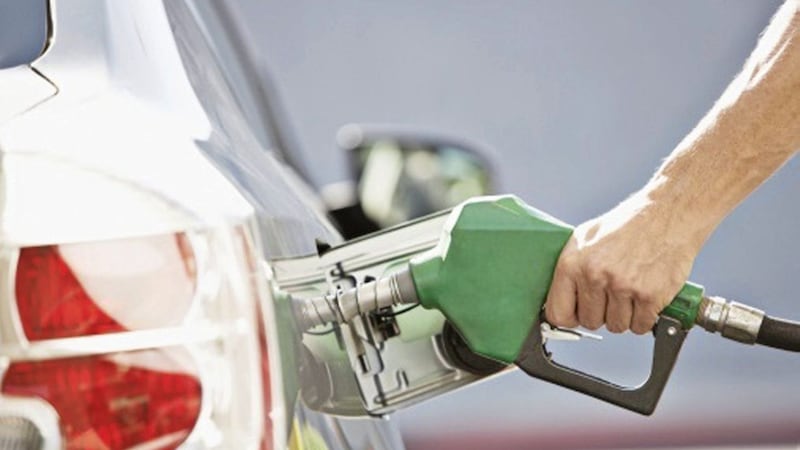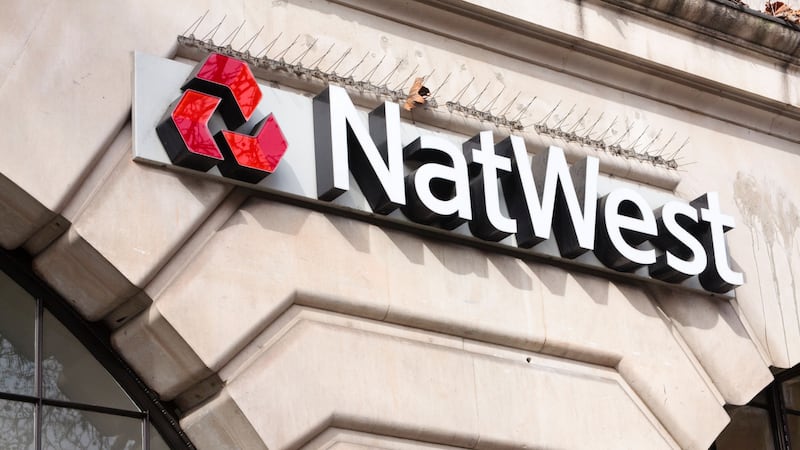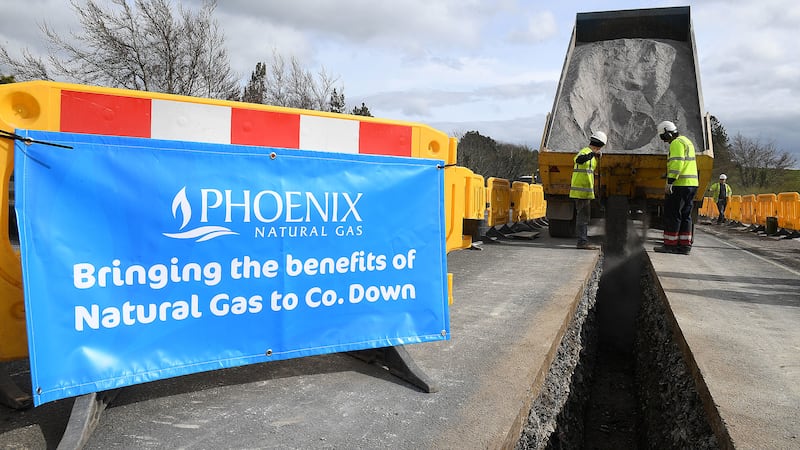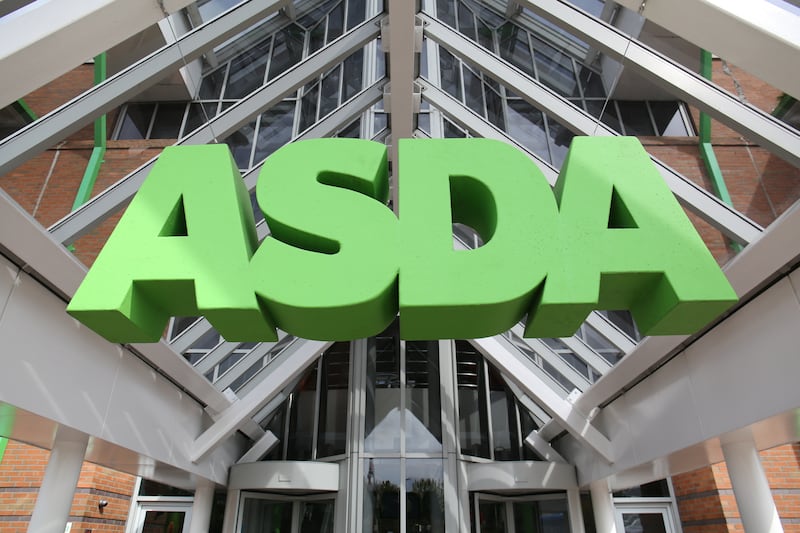INFLATION fell at a sharper than expected rate last month as the impact of the Brexit-hit pound on everyday prices begins to take hold.
The latest figures from the Office for National Statistics (ONS) show the Consumer Prices Index (CPI) eased to a seven-month low of 2.7 per cent in February, down from the 3 per cent recorded in January.
The figure was lower than the 2.8 per cent predicted by economists and marks the first fall in inflation since December and the first time it has dipped below 3 per cent since last summer.
Phil Gooding, the ONS head of CPI said a small fall in petrol prices alongside food prices rising more slowly than last year helped to bring down the rate in February.
"Hotel prices also fell and the cost of ferry tickets rose more slowly than last year, when prices were collected on Valentine's Day when many people could have been taking mini-breaks," he said.
Mr Gooding added that "many of the early 2017 price increases due to the previous depreciation of the pound have started to work through the system."
Sterling's slide since the Brexit vote has ratcheted up the pressure on household spending power, climbing from 0.6 per cent shortly after the EU referendum result to a near six-year high of 3.1 per cent in November 2017.
Transport prices dragged on the cost of living in February according to the latest figures, securing a smaller month-on-month rise of 0.5 per cent, but significantly lower than the 1.2 per cent jump last year
Petrol prices dropped by 0.2p per litre to 120.8 per litre on the month, while diesel slipped by 0.1p per litre to 124.4p per litre.
Food prices were also applying downward pressure, lifting 0.1 per cent between January and February in contrast to a 0.8 per cent rise the year before.
The main upward pressure on the cost of living came from clothing and footwear prices, which rose by 1.7 per cent on the month - compared to 1.2 per cent in 2017 - as women's shoes became more expensive.
The Retail Prices Index (RPI), a separate measure of inflation, was 3.6 per cent in February, down from 4 per cent in January. The Consumer Prices Index including owner-occupiers' housing costs (CPIH) - the ONS' preferred measure of inflation - was 2.5 per cent last month , down from 2.7 per cent the month before.
Senior economist at the Ulster University Economic Policy Centre, Esmond Birnie said the latest inflation figures suggest a move towards the Bank of England's CPI target of 2 per cent.
"This does make any increase in interest rates during the next few months less likely," he said.
"Whilst we are moving back towards a position where there will be growth in real wages, that is wages adjusted for inflation, any substantial growth in real living standards is still some way off.”
The Bank of England is expected to keep interest rates on hold at 0.5 per cent on Thursday, but the meeting will be watched closely amid expectations over another hike in May.








